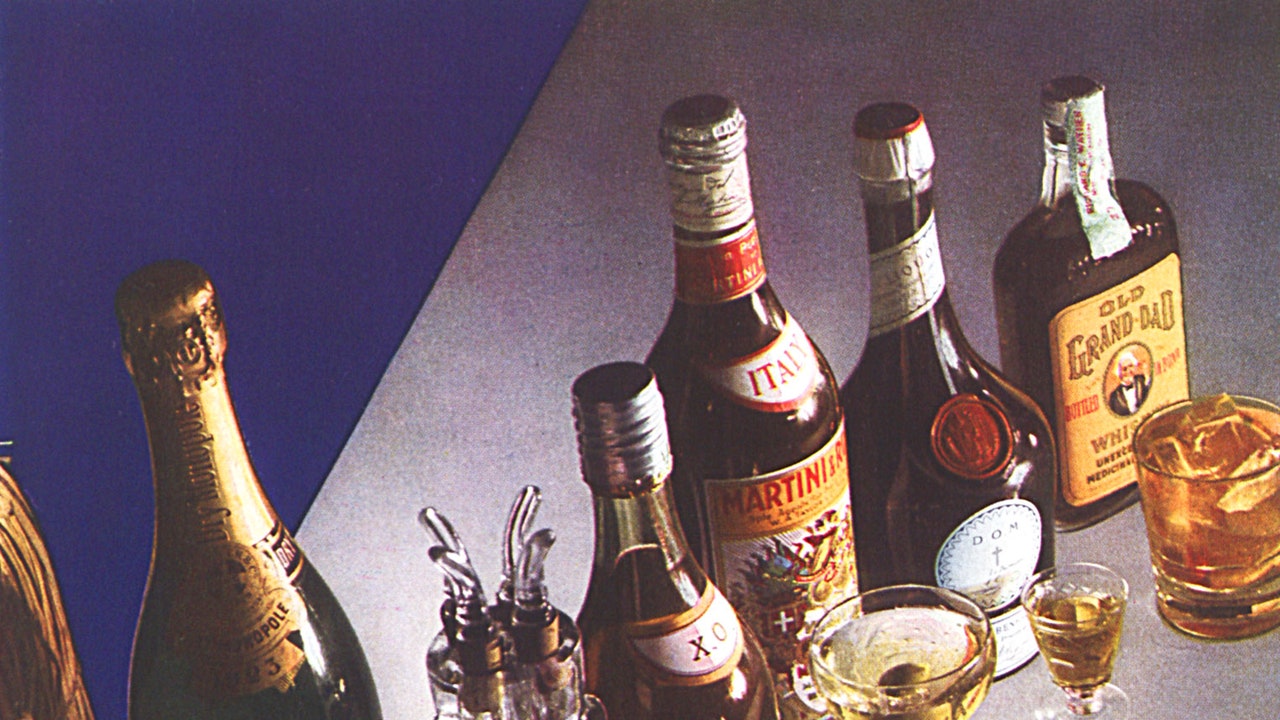The process of winemaking has been for almost thousands of years. The production of wine is a natural procedure that needs very less human involvement. Riverland wineries provide everything that is required to make wine, and it depends on humans to improve, obliterate or embellish what nature has provided, to which a person that has great wine tasting experience can test it.
Here are 5 basic steps required to make wine
Harvest
The foremost step in the actual winemaking process is picking or harvesting. Succinctly, there will be no wine without any fruit. And other than grapes, no fruit can produce a subtle amount of sugar to yield adequate alcohol to preserve the resulting beverage.
The winemaking procedure needs the grapes to be harvested at a precise time; more preferable are when they get ripe. A combination of old fashioned tasting and science go well in determining when to harvest, with winemakers, vineyard managers, and consultants. Reputable winemakers will sort the grape bunches separating under-ripe or rotten fruit before crushing after the grapes arrive at the winery.
Pressing and Crushing
The next step after harvesting is crushing the entire clusters of fresh ripe grapes in the winemaking process. Nowadays, wineries in Victoria use mechanical clusters to perform the trodding or stomping of the grapes, which were done by men and women in the past for thousands of years. Both of them performed the harvest dance in the barrels to press the grape juice magical transformation.

Although diminishing the winemaker’s need for preservatives, mechanical pressing has enhanced the longevity and the quality of the wine. However, sometimes winemakers enable fermentation to start inside the uncrushed grape clusters.
Fermentation
This step works like magic in winemaking. The juice, if left to its own devices, will start fermenting naturally with the help of wild yeasts in the air within 6 to 12 hours. Natural fermentation is a welcome phenomenon in very well-established and clean vineyards and wineries. Fermentation can be done in ten days, a month, or it will take more time.
Clarification
The clarification procedure starts after the fermentation is completed. Fining and filtration are also done at this step. It can be done using a coarse filter that catches the big solid things and then moves forward to a sterile filter pad that strips wine of all life. To clarify them, when elements are added to wine, fining occurs.
Ageing and Bottling
It is the last step of the winemaking process. Immediately after clarification, the winemaker has the option of bottling wine or giving an additional wine ageing. Riverland wineries use Ceramic tanks or stainless steel, small barrels, big wooden ovals for ageing wine.


